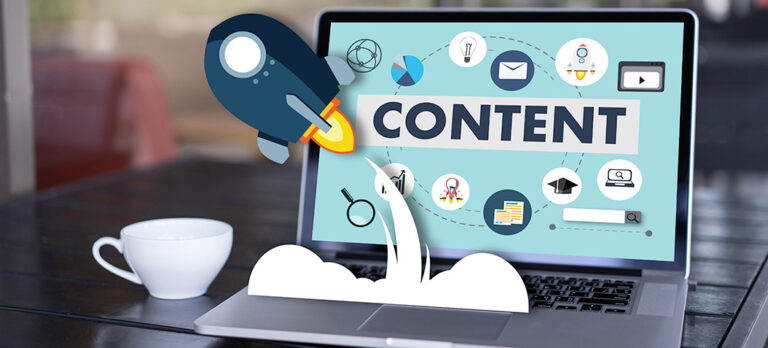The Ultimate Cheat Sheet on Landing Pages
Landing pages can be very useful to a business. Lots of businesses use them to generate leads or promote products.
They are very popular, but why does your business need one, what exactly is a landing page and what does a good landing page consist of? Hopefully this blog will give you some idea.
What is a landing page?
So what is a landing page? A landing page is a standalone page that’s purpose is to have traffic directed to it. This is usually done through the use of social media or a newsletter but there are many ways to achieve this. A landing page is usually specific to one topic or product and has one sole purpose. That purpose could be to gain personal information such as an email address or simply to inform people about a new product. It has no ties to your website and cannot be found without the link that is being pushed out to potential customers.
What does a good landing page consist of?
Building the perfect landing page can be tricky as reactions to pages can differ depending on the industry or the person involved. However, there are 12 components to a landing page that you should include for the best chance of conversion.
- The first component is the purpose of the landing page. The page should have one specific purpose, a clear-cut goal, such as getting someone to download an eBook.
- The next component to consider is a compelling headline. This should tell visitors what they’re getting from this page using value driven words. It needs to mean something.
- Going hand in hand with the headline is the sub headline. This should expand on the claim made by the headline. It should also give visitors some kind of indication on what to do next.
- Next, you should consider using some attention grabbing images or videos. These should be relatable to the rest of the page. Relevance is key. Also, try and make sure you use real-life images rather than stock imagery.
- A call-to-action (CTA) is a very important part of this page and that’s next on the list. This should be relevant with contrasting colours so it stands out to the visitor. Also make the text action orientated by using words such as “Get”.
- The next thing to consider is the pain-points of this topic. What problems is the visitor facing? Identify them, show the visitor you understand but be sure to not over do it. You should also make it clear that you are going to ease these, this will give the visitor an incentive to read on.
- Once you’ve got the user reading, then you bring out the solution to the pain-points that you earlier identified. Give example of how you’re going to do this so the user can trust what you’re saying. Include the benefits that they will get out of this. Make the user feel confident in your solutions.
- Avoid distracting links. Turn off the main navigation at the top. You want the visitor to fill out the desired action this page was designed for. Don’t give them a route out to another page on your website.
- Include testimonials. These build trust and they make your offer look more attractive. They show your visitor that you can ease their pain-points.
- Build more trust. The more trust you gain from your visitor the more likely they are to go for your offer. Use logos of companies you’ve worked with, privacy policies and guarantees.
- Next, think about your subscription form. This needs to be prominent so try and make the form at least start above the fold. This means your visitor doesn’t have to go searching for it. Make sure you give your from a heading too, don’t just leave it floating there! You should also make the fields relevant and important. Don’t use unnecessary fields.
- Finally, give a method of contact. This needs to be easy to find. You can usually find these in the footer and it is usually an enquiry form of some sort. You could use a live chat but that would require 24/7 staffing.
These 12 components make for a near perfect landing page and will help conversion. You just need to make sure the traffic gets there!
Why do you need a landing page?
A landing page can be used for many things but the most common use is to collect information (generate leads) such as an email address. This is usually in exchange for something such as a free eBook, a newsletter sign up or some other form of subscription. This warms prospects up to your offer before pushing them deeper into your sales funnel.
Summary
So as you can see landing pages can be very useful during marketing campaigns and in general. There is no perfect landing page design but with those components you will have a good starting point. Just make sure you drive plenty of traffic to the page.







